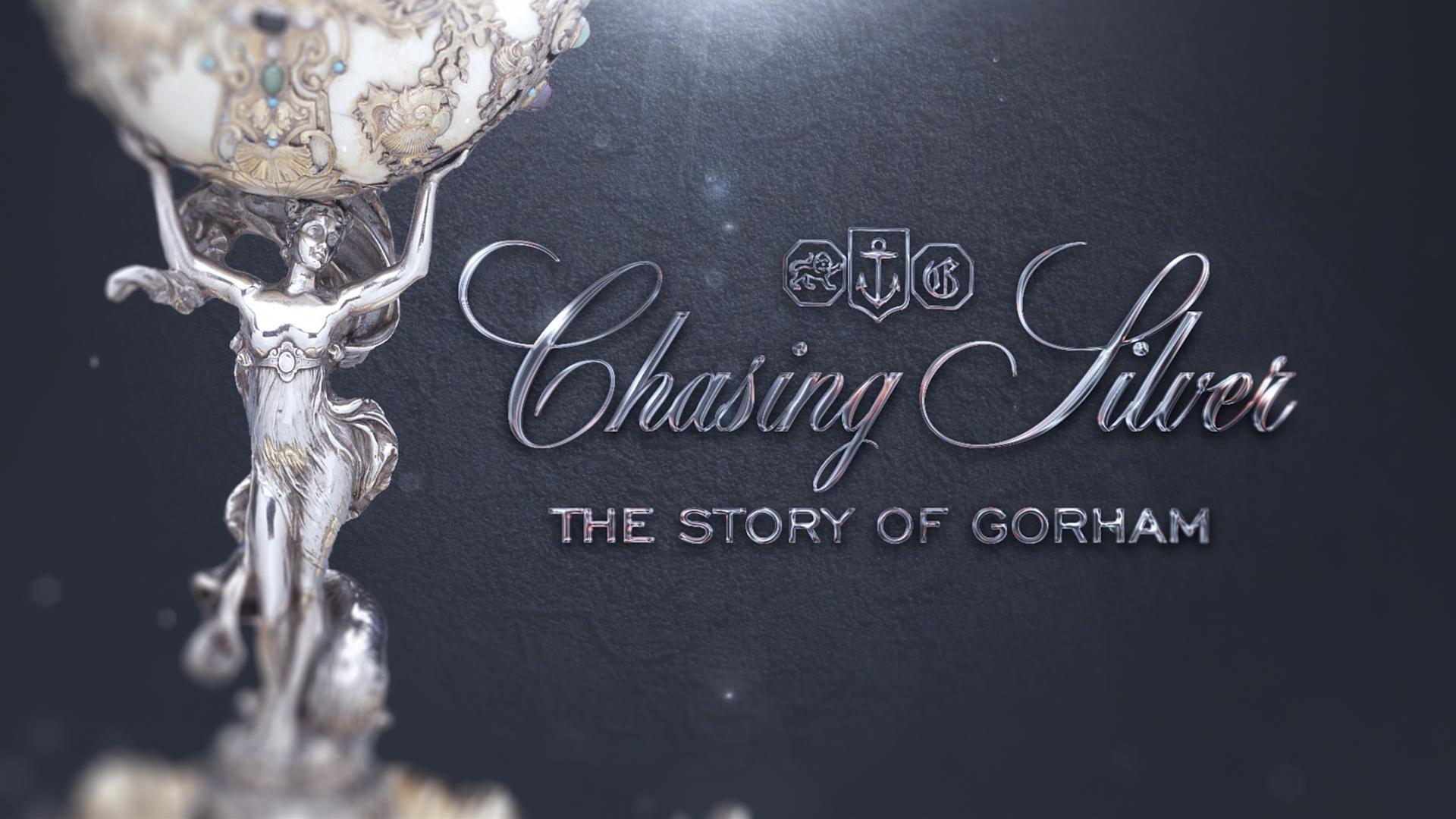
EPISODE THREE: 1919 - PRESENT
The Story of Gorham
The Gorham story unfolds chronologically, keeping historical events and company milestones in context of the era. Episodes highlight notable company leaders, designers and design styles.
Episode Summary
After the toll of World War I and Holbrook’s death, Gorham’s future looks precarious, with no worthy successor in sight. Weathering the Great Depression and another World War, the company must adapt with the times or die.
After five years of lackluster sales and still reeling from the loss of Holbrook, the board of Gorham hires Edmund Mayo to reorganize the company. Mayo is a professional manager but has no experience in the silver industry. As the new man in charge, Mayo makes the bold decision to put the highly-regarded design team under the control of the production and marketing departments.
To breathe new life into Gorham’s design, Mayo hires Erik Magnussen in 1925. Magnussen is a well-known, contemporary Danish designer with a modernist approach. His 1927 Cubic service captures the spirit of Art Deco, the popular style of the time. Having made a lasting impact on Gorham’s design, Magnussen decides to leave the company after only a few short years.
During this time, Mayo is strategically merging other enterprises into Gorham, in hopes of strengthening the company. Unfortunately, his vision is cut short in October 1929, with the crash of the stock market.
Between 1929 to 1933, the value of silver plummets by almost 60 percent. Gorham is seemingly back at square one, with the need to reorganize and retrench. At this point, their goal is to merely survive.
Patterns like Chantilly, Strasbourg, and Buttercup – some of the company’s most popular designs – are resurrected during this trying time. A new avenue of revenue opens up with large-scale, institutional contracts, particularly for hotels. This is a significant deviation from the high-end wares sought out by the dwindling upper class.
Adding to Gorham’s challenges, World War II breaks out. Heavy restrictions are put on the use of silver and other metals, forcing Gorham to focus on war contracts. Their efforts result in an Award of Excellence from the US Army and Navy.
Post-war, Gorham is able to bounce back, with 60 percent of its revenue coming from silver wares. To make up the difference, Gorham acquires many smaller companies and expands its product line to fine paper and electronics.
However, a climate of hostile takeovers eventually lead Gorham to seek the alliance of another Rhode Island company, Textron, who in 1967 folds Gorham into its assets. To diversify, the company adds china, crystal, and novelty items – such as silver Christmas tree ornaments – to its product line.
At this point, the price of silver fluctuates wildly, making it difficult for Gorham to value its products. Silver is also not as in vogue, with a decrease in formal dining habits.
In 1986, Gorham closes its Providence factory and moves to a much smaller facility in Smithfield, RI.
As the years progress, Gorham imports more than it makes and is acquired and sold by a variety of companies. Today, the brand still exists under the Lennox Corporation, but is only a shell of its former self.
Epilogue: Textron has donated thousands of design drawings and silver wares to the RISD Museum, and the entire company archives to Brown University's John Hay Library. These actions have allowed the legacy of Gorham to be preserved and shared.
Section Header
white spacer text
Chasing Silver: The Story of Gorham is made possible in part by ROSS-SIMONS.
Archival images courtesy of John Hay Library, Brown University, Gorham Company Records - Silver photography courtesy of RISD Museum, Providence, RI - Design drawings courtesy of Fleet Library at RISD
